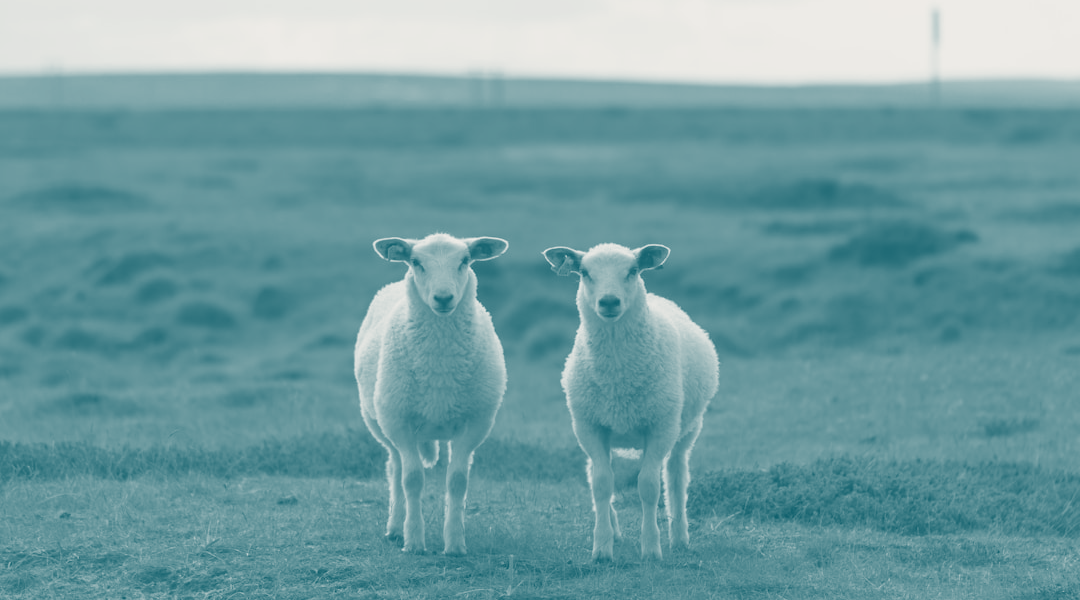Mastering the Art of Storytelling
Many of us learn from an early age that stories hold a magical appeal. Long before children can analyse facts, they respond to plots, characters, and worlds conjured through words. As a parent to six-and-a-half-year-old boy-and-girl twins, I have had the unique challenge of creating tales that speak to their contrasting personalities. Over time, this experience has strengthened my ability to shape narratives, showing me that tailored storytelling can play a pivotal role well beyond the realm of bedtime stories. It can inform how we communicate in business, education, leadership, and various other environments, because a well-chosen story has the power to engage, unite, and move people to action.
Learning from Two Distinct Personalities
My daughter’s calm, observant nature is evident in everything she does. She prefers a gentle pace, paying attention to details and taking time to reflect. My son, on the other hand, is lively and full of energy. He enjoys fast-moving adventures filled with surprises and excitement. When I began telling them stories, it became clear that they needed different approaches to remain fully captivated.
My daughter naturally gravitates towards characters who embark on emotional journeys. Subtle narratives that reveal layers of motivation and gentle shifts in relationships appeal to her. She finds comfort and delight in tales where characters gradually learn lessons or discover unexpected inner strengths. Her enjoyment of such stories taught me to include deeper emotional arcs that allow her to empathise with the protagonists.
My son prefers scenarios brimming with action and quick-witted characters who can keep pace with his imagination. He loses interest if a story remains subdued for too long. Instead, he lights up at the prospect of animated plot twists, bold heroes, and hints of humour threaded throughout the narrative. Seeing his enthusiasm for boisterous storylines opened my eyes to the value of energetic pacing and lively descriptions.
Adapting Methods to Captivate Different Audiences
To keep my daughter engaged, I learned the importance of weaving nuance and emotional depth into storytelling. She likes to unpack how characters feel when conflict arises. A plot point that might only need a few words to move forward becomes more meaningful when I pause and delve into what it means for the characters on a personal level. This reflective approach keeps her quietly listening, invested in the outcome as she imagines how individuals cope with their changing circumstances.
When entertaining my son, I opt for vibrant vocal changes, physical gestures, and a quicker narrative tempo. Rather than describing a scene with many calm details, I might paint a swift picture and then move straight into a burst of action. Dramatic cliffhangers and dynamic encounters between characters evoke genuine excitement, making him eager to follow every twist.
The strategies I have developed to hold the attention of each child helped me realise that storytelling can and should be flexible, whether the audience is made up of children, co-workers, customers, or friends. Humans are wired to learn from, empathise with, and be inspired by narratives, but the style and depth that resonate can differ significantly from one person to another.
Practical Lessons Beyond Bedtime
The skills I gained through bedtime stories have proven remarkably useful in a variety of professional and social situations. In marketing, for instance, knowing an audience thoroughly is the bedrock of any campaign. By studying potential buyers—looking at their backgrounds, concerns, and desires—you can shape a message that aligns with their specific experiences. Just as my children’s preferences differ, so too do consumer segments. Some value comprehensive detail and credibility, while others connect more readily with entertaining, fast-paced appeals.
When giving a presentation, I often rely on storytelling devices that I first used to hold my twins’ attention. If a room of investors seems reserved, a carefully measured pace and a more reflective tone can build trust. If I sense that a team in a creative meeting responds to energy and vivid imagery, I might offer a brisker style that incorporates humour and dramatic tension to keep them engaged.
Education is another area where a storyteller’s touch can make all the difference. By adjusting the delivery to match a group’s interests or aptitudes, teachers and trainers can improve engagement and retention. An enthusiastic learner thrives on quick-fire presentations and interactive anecdotes, while a cautious student might benefit from a more deliberate approach that unpacks each concept step by step. Regardless of age, people often need tailored messaging to reach true understanding.
The importance of adaptable storytelling is equally clear in leadership. When seeking to unite a diverse team, the leader who can speak to varied motivations is more likely to inspire loyalty and commitment. A story that highlights shared values will help a cautious individual invest in a new initiative, while a rousing anecdote full of bold action can ignite the passion of a colleague who thrives on momentum. Recognising these nuances encourages both stronger cohesion and better performance.
Transforming Narratives for Social Impact
Nonprofits and social impact organisations benefit greatly from an adaptive storytelling mindset. Donor groups have different priorities. Some care passionately about data and want evidence of success before contributing, while others are moved by personal testimonies of lives changed. Communicating with each group in the way it responds to most strongly can yield not only donations but also lasting partnerships. Just as my son and daughter respond best to stories that align with their personalities, so too will different supporter segments engage with messages that resonate with their personal ideals.
–
Developing separate storytelling methods for my boy-and-girl twins has underlined the value of meeting audiences where they are. My experiences weaving narratives for two children with strikingly different temperaments taught me how to pivot from gentle emotional detail to thrilling action within a single evening of bedtime reading. That adaptability has shaped the way I communicate with clients, colleagues, and various stakeholders in my professional life.
Tailoring a story allows it to travel beyond mere words to become a memorable journey that listeners not only hear but feel. Whether addressing a potential customer, a group of students, a circle of donors, or a family gathering, storytellers who recognise personality differences can craft messages that resonate on a deeper level. My twins have reminded me that to truly connect, we must pay attention to how an audience engages with narrative, then adapt accordingly. In doing so, we nurture empathy, spark imagination, and give each listener a reason to believe in our message.


